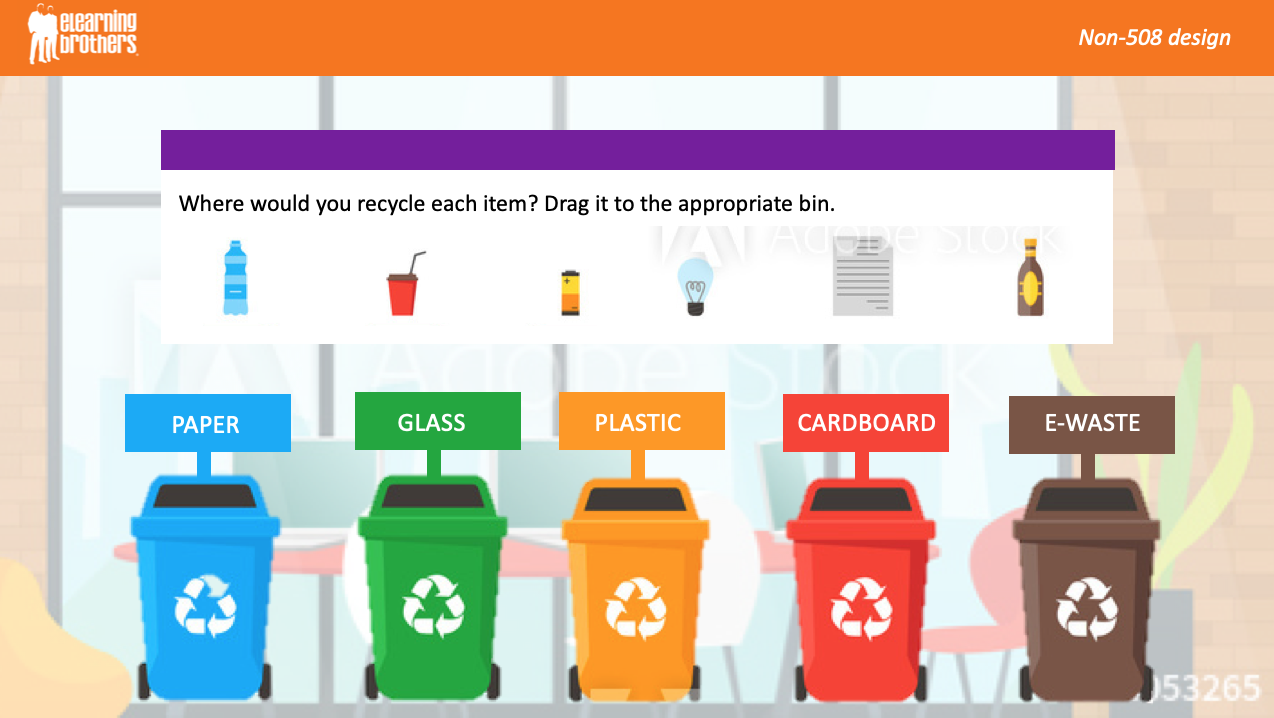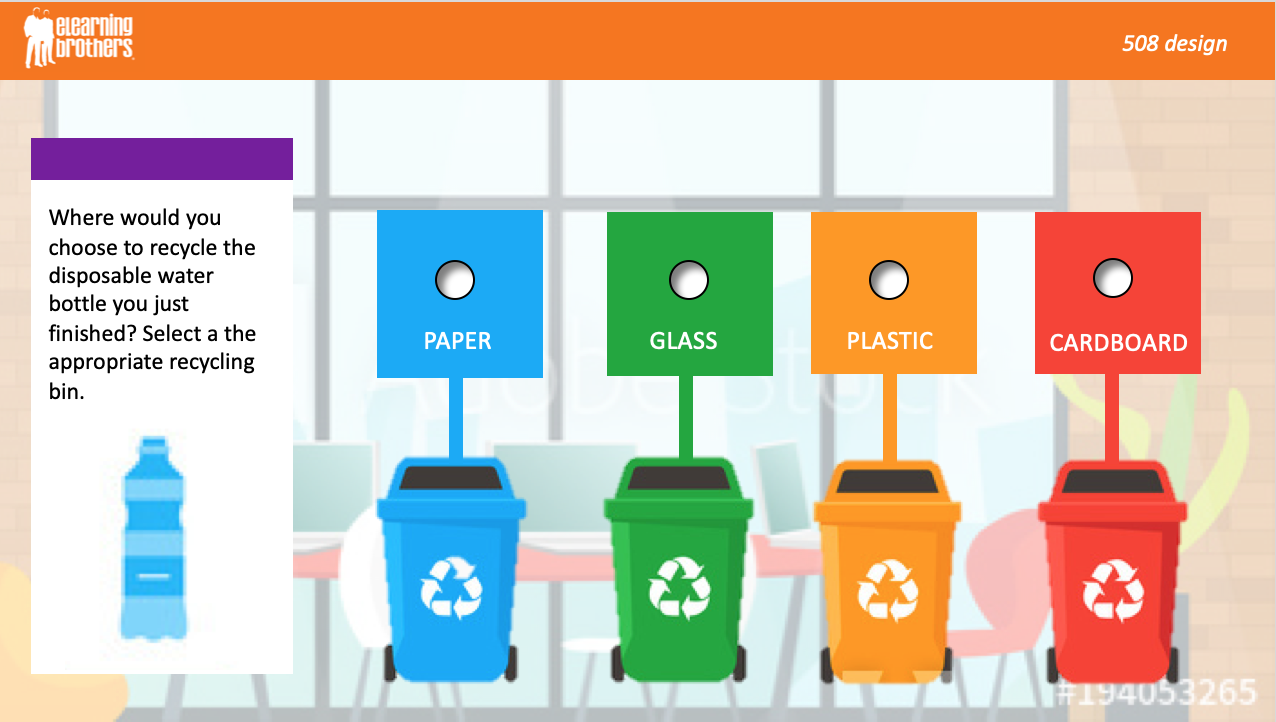Gamification is great, but is it accessible?
That's a question we often receive from webinar attendees. So, our instructional designer, Misty Harding, answered a few questions for us on this very topic that came up during her Game-Based Design webinar yesterday. Read on for her thoughts!
Are the game examples you showed accessible?
Many game components rely on the demonstration of skills that are not compliant with 508/WCAG requirements. For example, asking someone using a JAWs reader to identify statements and sort them within a certain amount of time would violate 508/WCAG principles on several levels: first, the statements would have to be read to them by their JAWS reader which requires more time; second, they can’t sort/drag/drop because that would require them to use a mouse. Most of the traditional components you might think about in designing a game will not work for 508/WCAG compliance.
So what can you do?
We have found that the most engaging solutions we design that are 508/WCAG compliant are story-based. Everyone can get immersed in a story, task, and role without needing a mouse or having to see certain colors or sort things into buckets under the duress of a timer. An engaging story, role, and task can make something feel like an actual experience and/or game while successfully staying in compliance.
We would also mention that sometimes redesigning gamified interactions to have a different approach can take them from something that wasn’t compliant to something that is.
Consider the following roughly storyboarded example (this is a plain interaction but let’s assume it had a score and some other elements that helped it feel like a game—the main point is the redesign of the interaction to be compliant). In the first screen, the learner is dragging and dropping items to sort them into containers for a recycling course. In the second screen, they are selecting the appropriate container for an object that was pre-identified. While this is maybe not as fun as choosing any object you want and dragging it around, it still feels visual to an audience who can see it while being compliant for an audience who can’t.
Not compliant:

Compliant:

Would you create two versions of the same game to help with compliance?
You certainly could, but in our designs, we try to hold ourselves to one of the standards that says that the learner with disabilities should be provided an "equivalent" experience. Some people go so far as to embed a text Word doc of the course content into the course and let the JAWS reader just read the content to the learner and feel that’s an equivalent experience. We try to hold ourselves to providing a singular experience through methods like what we described above.







